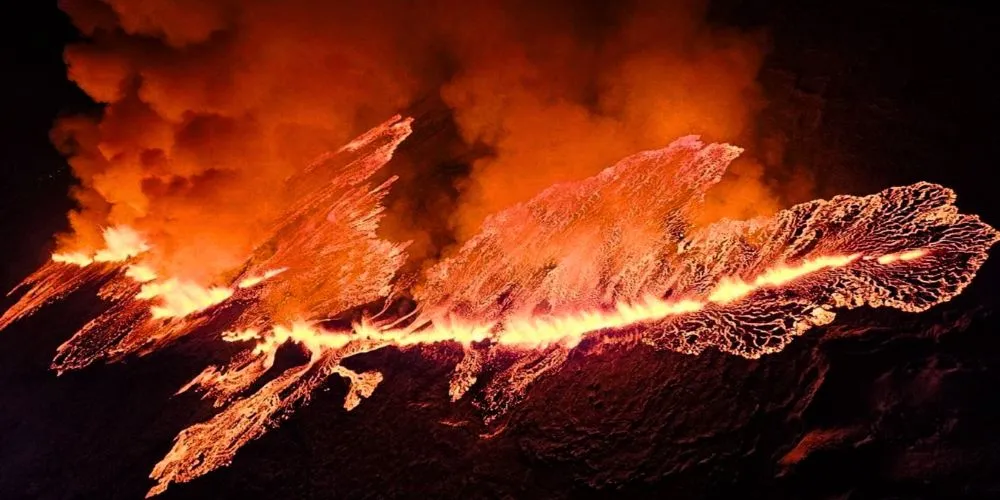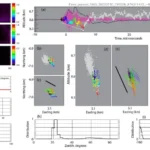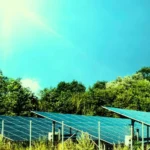An Icelandic volcano near the port of Grindavík began a new eruption on January 14, intensifying the threat to the town that has been at risk for weeks. The eruption was initiated from a newly opened fissure over 1 kilometer long northeast of Grindavík, and lava flows reached the town, incinerating at least three buildings.
Although emergency officials had constructed barriers known as berms to divert the lava away from Grindavík, a smaller fissure opened closer to the town, directing lava into its vicinity. Fortunately, the town’s 4,000 residents had been evacuated, and no reported injuries were reported.
Iceland, located on a hot plume of material deep within the Earth and where the North American and Eurasian tectonic plates diverge, is known for its volcanic activity. The ongoing eruptions, the fifth since 2021 on the Reykjanes Peninsula, are closely monitored by researchers from the Icelandic Meteorological Office and other institutions.
The activity began in early November with small earthquakes, and the rising ground indicates magma movements beneath the surface. Despite efforts to redirect lava flows, the eruption threatens significant sites, including the Blue Lagoon geothermal spa and a nearby power plant.
The Reykjanes Peninsula last experienced volcanic activity during the early 13th century, known as the Reykjanes Fires, resulting in lava flows reaching present-day Reykjavík suburbs and the country’s international airport connection.
Volcanologists suggest the ongoing eruptions may mark the start of a new phase. The situation mirrors the impact of Iceland’s most recent significant eruption in 1973 when a volcano on Heimaey buried most of its town in lava and ash. The 2010 eruption of Eyjafjallajökull, another Icelandic volcano, disrupted European air travel for days due to ash clouds.
As the town of Grindavík copes with the evolving volcanic threat, residents remain evacuated, emphasizing the challenges of Iceland’s dynamic geological landscape. The eruption serves as a reminder of the country’s susceptibility to volcanic events and the ongoing efforts to understand and mitigate their impact on communities and vital infrastructure.










